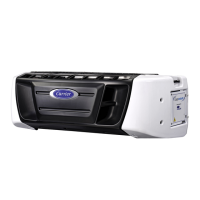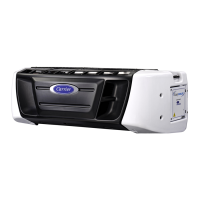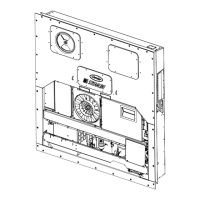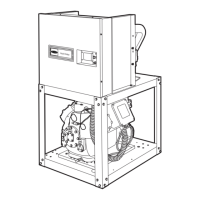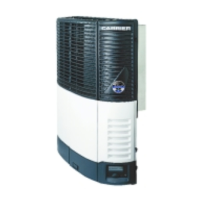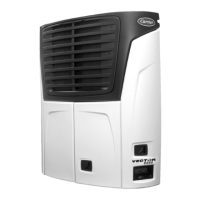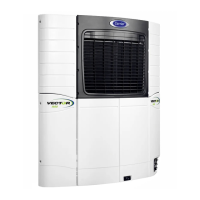with refri-gerant. (Refer to section 4.8 )
a refrigeration system can
have many undesirable effects. The most common are
copper plating, acid sludge formation, “freezing-up” of
metering devices by free water, and formation of acids,
resulting in metal corrosion.
test. (Refer to section 4.6)
Essential tools to properly evacuate and dehydrate
any system include a good vacuum pump (5 cfm =
H volume displacement, P/N 07-00176-01) and
a good vacuum indicator such as a thermocouple
vacuum gauge (vacuum indicator).
because of its inherent inaccuracy.
temperature is lower than 15.6
lamps or alternate sources of heat may be used to
hoses (Do not use standard service hoses, as they
with evacuation hoses only, to the vacuum pump,
electronic vacuum gauge, and refrigerant recovery
With the unit service valves closed (back seated)
vacuum. Shut off the pump and check to see if the
evacuation setup for leaks, repair if necessary.
rant system service valves.
gauge valves, if they are not already open. Start the
vacuum gauge indicates 2000 microns. Close the
if vacuum holds. This checks for residual moisture
may be drawn into the system from a refrigerant
container on weight scales. The correct amount of
refrigerant may be added by observing the scales.

